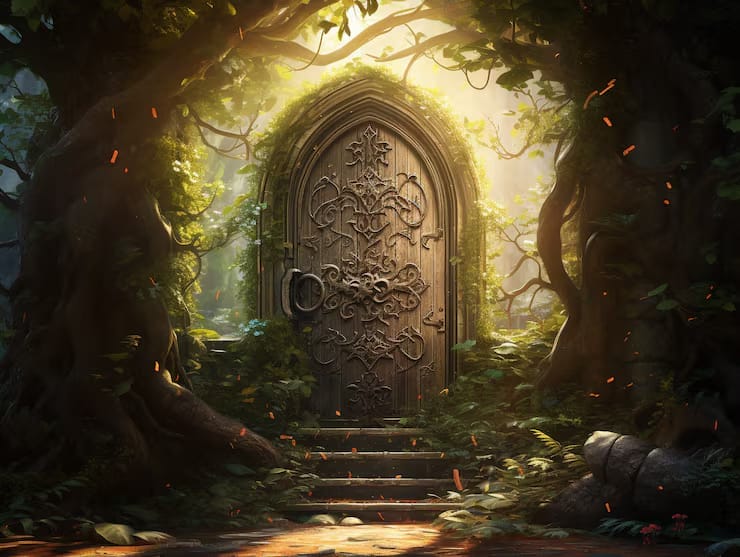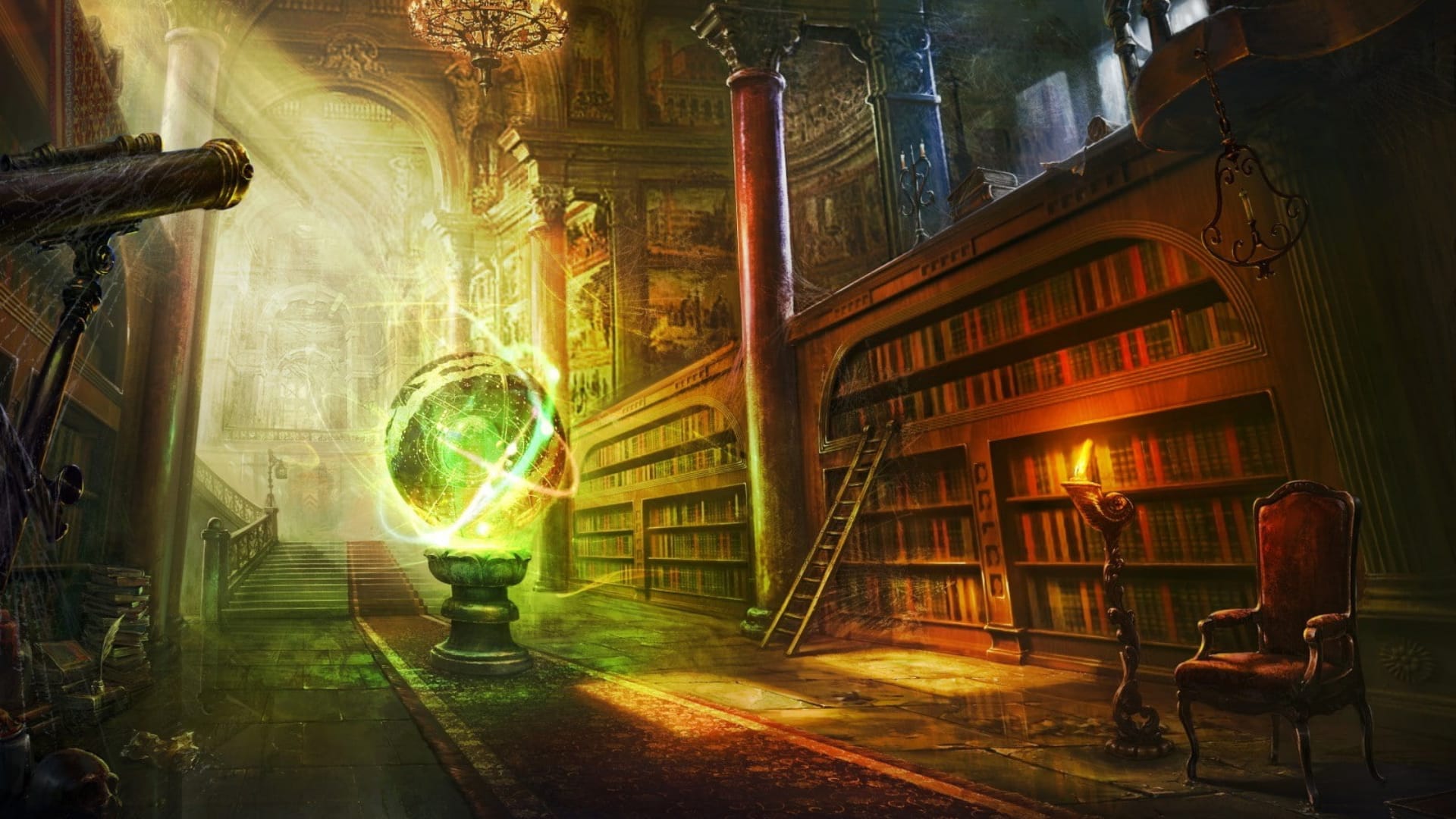Some creators hide things out of spite — little puzzles tucked into corners like traps, hoping the player stumbles and feels clever for surviving.
That’s never been my craft.
Mystery, to me, is a doorway.
A soft-lit corridor.
A hush before revelation.
I don’t lay clues to confuse you.
I lay them to welcome you.
When I scatter runes across a ruin, when I hide a note behind a loose stone or let an NPC mutter something too specific to be accidental, I’m not playing coy.
I’m inviting you to take a step deeper into the marrow of the world.
Because in every story I write, truth isn’t an answer.
It’s a pilgrimage.
Life is a journey, not a destination.
Archaeology.
Pattern-seeking.
Ritual.
The small thrill of brushing dust off something forgotten.
These aren’t mechanics — they’re rites.
I’m not teaching you to solve a puzzle.
I’m showing you how to listen.
Mystery is how I let a world breathe.
How I tell the player, “There is more here than what you see.”
Not to frustrate, but to awaken that instinct older than language:
the need to know
the need to uncover
the need to touch the past and realize it still has a pulse.
In my worlds, secrets aren’t locks.
They’re lanterns.
Every clue is placed so you feel that soft click of meaning —
not a test passed,
but a connection made.
That’s why the end never matters as much as the journey it took to reach it.
The truth is rarely a twist.
It’s usually a sigh.
A quiet, inevitable shape that feels like it was waiting for you to notice it.
Mystery shouldn’t barricade.
It should beckon.
And in the spaces I build — caves, shrines, lost towns, whispered quests — the mystery is never the prize.
You are.
Your curiosity.
Your wonder.
Your willingness to lean closer and step through the doorway.
I don’t write puzzles.
I write revelations disguised as questions.
Because in my worlds, uncovering the truth is not a challenge.
It’s a small, sacred journey.
Now then, I think I’ve rambled enough. I need to remember where I put my dialogue notes.






